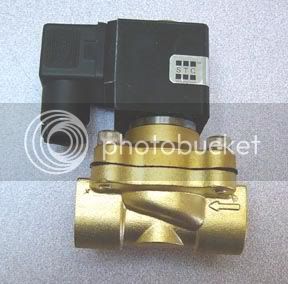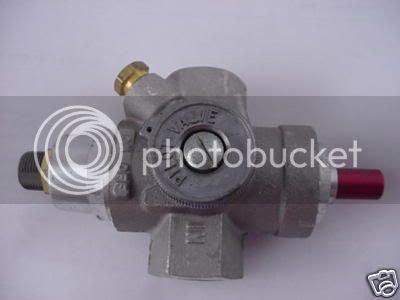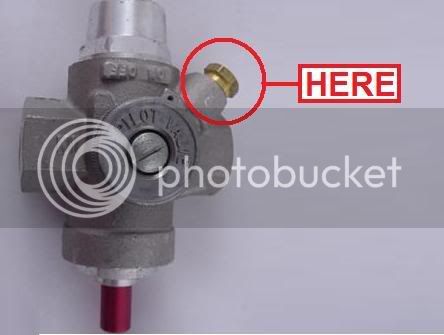There are a lot of stands being built with the Love TS controllers with gas burners and pilot lights.
I just finished assembly this weekend on my stand with this setup and thought I would share a video of the Love switches in action so you can see them working.
If anyone in the planning stages has any questions, feel free.
Love TS Controllers
Hey MNBugeater, Thanks for the video! I've modeled my automation after your setup. Beneath the LOVE Controllers you have two switches. You said the one on the right is to give power to the solenoid, what is the light to the left...power to the controller? And what is the big light on the upper right of the control panel?
Thanks!











